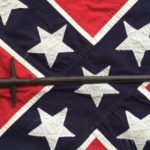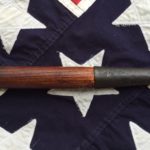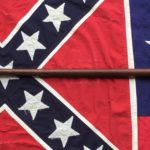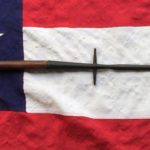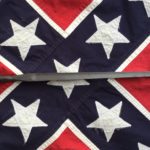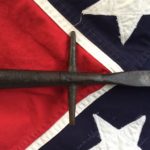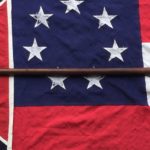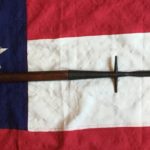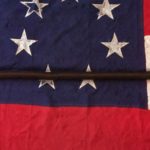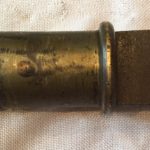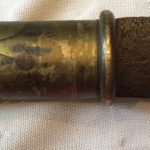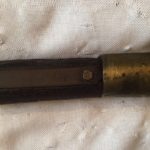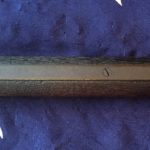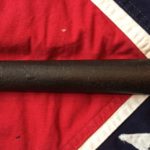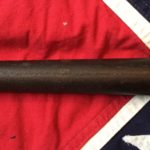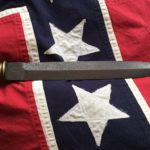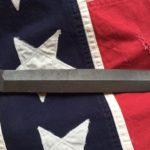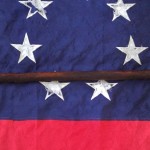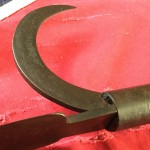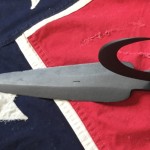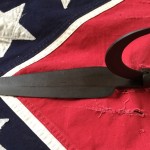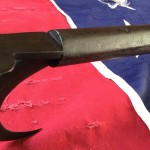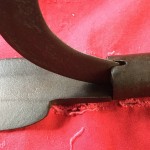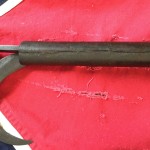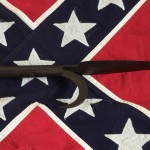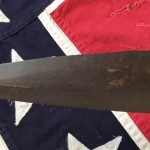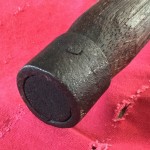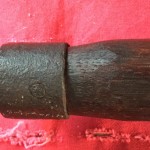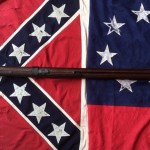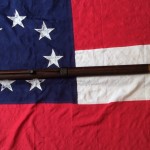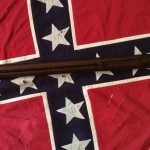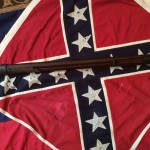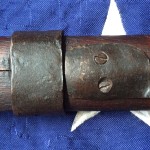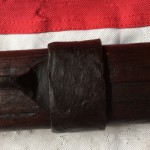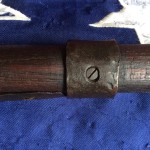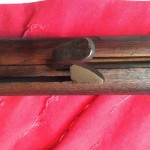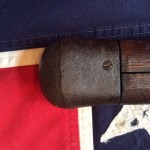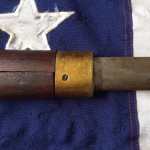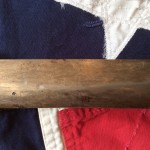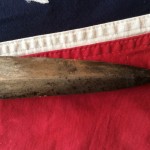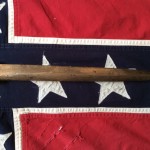-
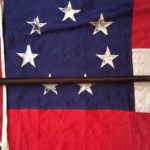
-
Confederate, Cloverleaf Tipped Flagstaff
-
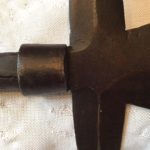
-
Flagstaff Collar, Closeup
-
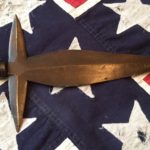
-
Flagstaff Cloverleaf, Closeup
-
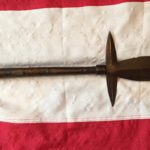
-
Cloverleaf Flagstaff
-
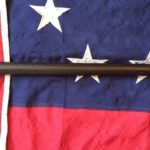
-
Flagstaff Center Section
-
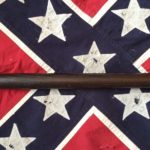
-
Flagstaff Base
-
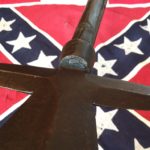
-
Flagstaff Cloverleaf Collar
-
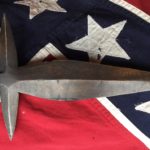
-
Flagstaff Cloverleaf, Confederate, Side 2
-

-
Cloverleaf Flagstaff, Confederate, Side 1
-
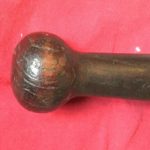
-
Flagstaff Baseball Bat Type Butt, Closeup
-
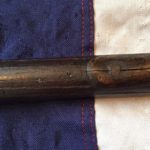
-
Flagstaff Nail & Rivet, Closeup
-
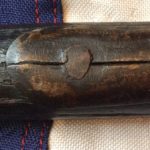
-
Flagstaff Rivet & Forging Flaw
-
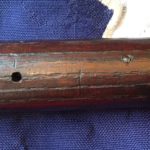
-
Flagstaff Nail/Screw Hole
-
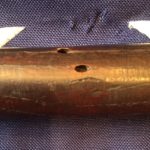
-
Cloverleaf Flagstaff, Mounting Hole For Pennant/Flag
-
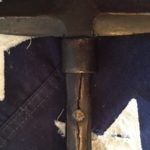
-
Flagstaff, Rivet, Collar, & Mounting Straps
Over the past year or so my collection of Confederate Pikes has grown expediently in relation to the rest of my collection. Like the other categories of weapons I collect (e.i. guns,, knives, swords etc…) my end goal to to have at least one of every example that exist. Whether or not I will have the resources or the access to all the neat pieces is another story.
The Flagstaff you see here is one I purchased a few months ago from Brian Akins of www.rebelrelics.com. I had purchased a few Confederate Pikes prior to this accusation from Brian and knowing that I had an interest in pikes/poles he asked if I’d be interested in the featured Flagstaff. After reviewing the photos and haggling a bit over price we negotiated and I became the owner of the historic gem.
Until recently these poles were thought to be pikes by collectors and dealers alike. But the collecting community generally agrees these are not at all pikes but Flagstaffs. The book “Collecting The Confederacy” by Shannon Pritchard who happens to be one of the leading experts in everything about the American Civil War, especially Confederate. Mr. Pritchard makes a valid case why these poles should be recategorized as Flagstaffs and not Pikes.
Only a handful of these Cloverleaf Flagstaffs are know to exist so much of there history is sketchy at best. Here are a few of the reason Mr. Pritchard suggest these be reclassified.
1. Some of the ones that do exist are painted with gold on the cloverleaf and red on there hickory wood poles. There would have been no reason to paint these poles if they were pikes.
2. Many of existing examples are stamped with makers marks, and all have tapered shafts these would have been unnecessary expenses.
3. Pikes would generally be jammed into the ground by the pikeman giving them leverage against charging horses/Calvary-men, but as you can see in the photos the Flagstaff has a baseball bat type butt which would be suitable for resting on the outer thigh or on the ground.
4. The area where the Cloverleaf meets the wood shaft is weak point. It is only 11/16” in diameter and would have surely broken if used against charging Calvarymen. All other known pikes have larger diameter shafts with the exception of the retractable pike.
5. It’s also thought that the Cloverleaf design wasn’t practicable as a pike however was attractive as an ornament atop a flagstaff.
6. Mr Pritchard write that he has seen an example that was excavated near the Burnside Bridge where Toomb’s Georgians were overrun in Sharpsburg Maryland. He suggest that they wouldn’t have been carrying pikes, but flags, when they were overrun.
So now that we’ve cleared up all the reasons why this is not a pike and is indeed a Flagstaff we can move on to the featured Confederate Cloverleaf Flagstaff.
The overall length from top to bottom is 84”, the metal straps on either side of the pole holding the Cloverleaf in place is 16.5” long and has 4 rivets holding all in place. The Cloverleaf measures 10.5” tall X 7.5” wide.
At one time or another the pole and cloverleaf were shellacked, however it was done a very long time ago. This is not unusual for items such as this since many were displayed in SCV OR GAR halls. There does seem to be a gold hue in the metal of the cloverleaf under the shellac suggesting that at one time it was painted gold that may have worn off or was removed prior to shellacking.
The two know makers of Flagstaff for the Confederacy were H. Stevens and Sam Griswold. It’s my opinion that this Flagstaff was made by H. Stevens of Georgia, however there’s no makers mark and it is speculation on my part.
There is a few small nails in the wood shaft of the flagstaff suggesting to me that this is were the flags or company pennants that it carried were fastened.
So there you have it another piece of Southern history brought to you by the Civil War Arsenal. If you have any questions about this item or any other items in the Civil War Arsenal feel free to contact me at civilwararsenal@yahoo.com attention Gene West. Thanks for stopping by.

